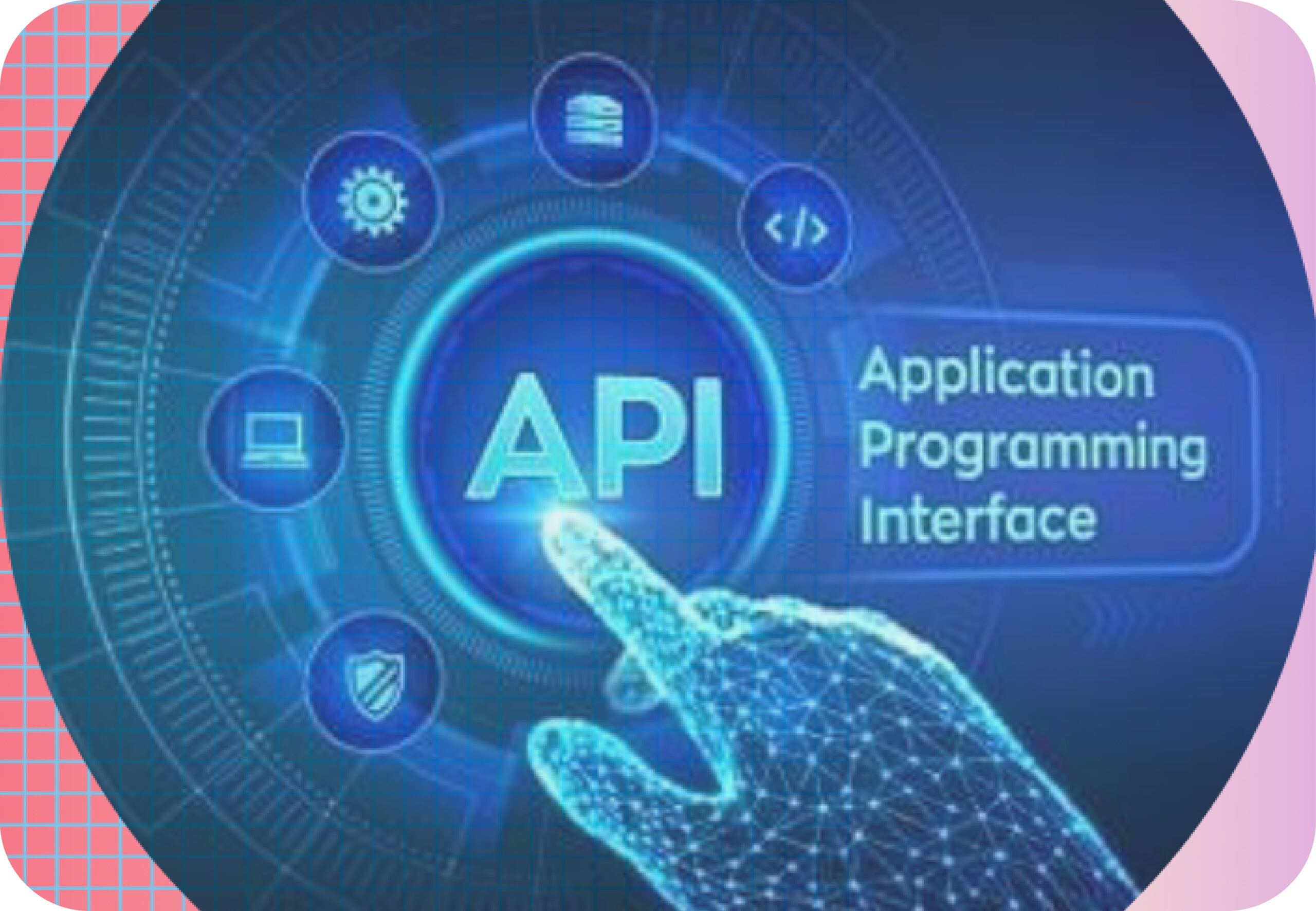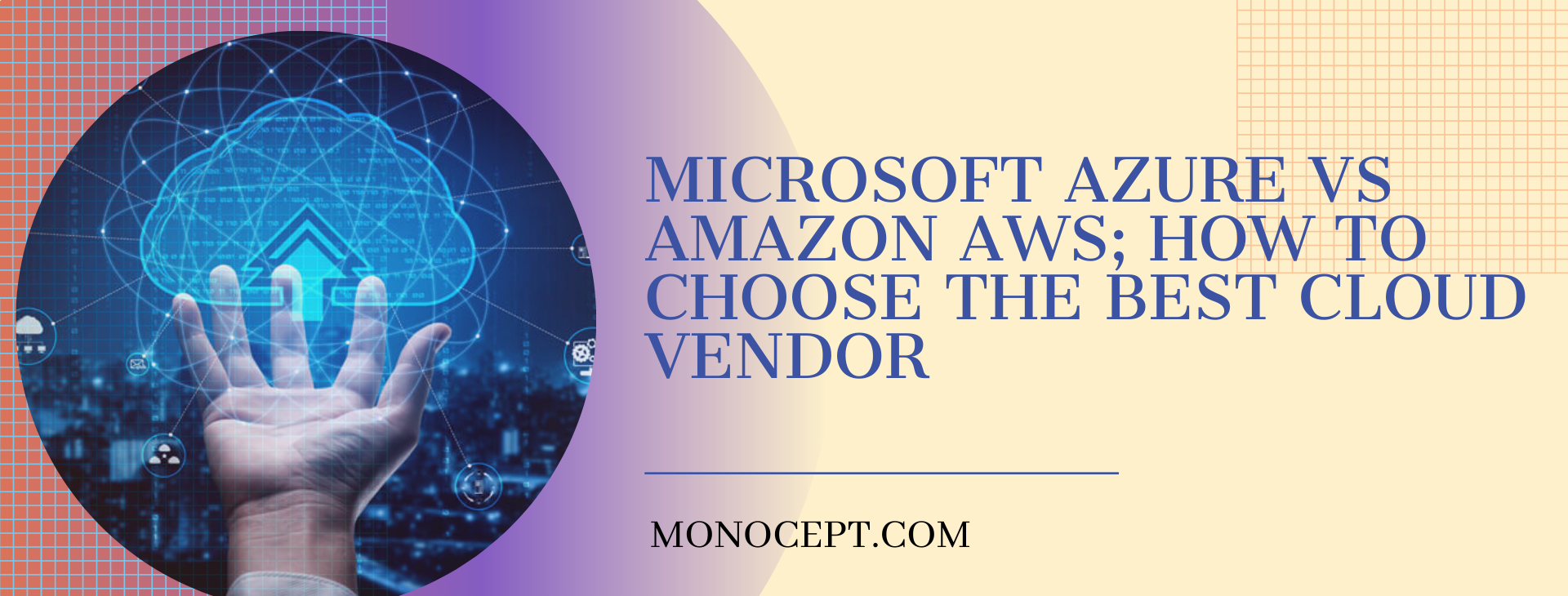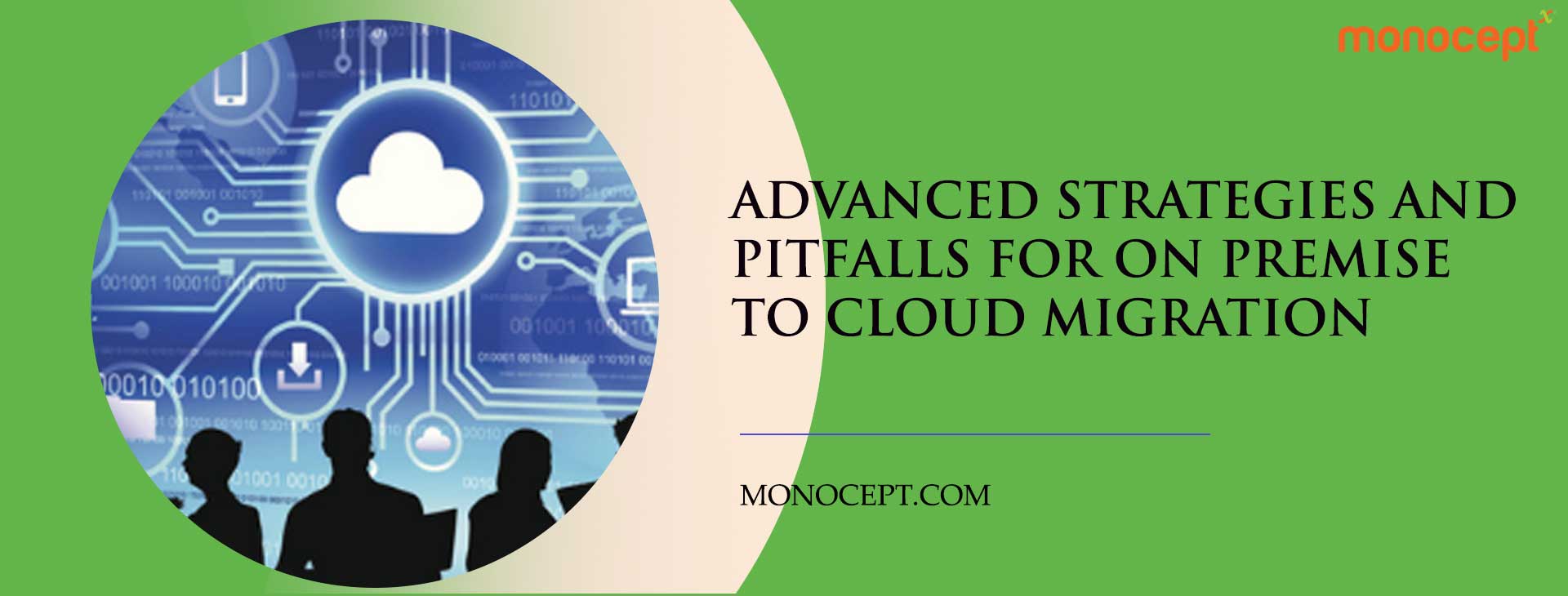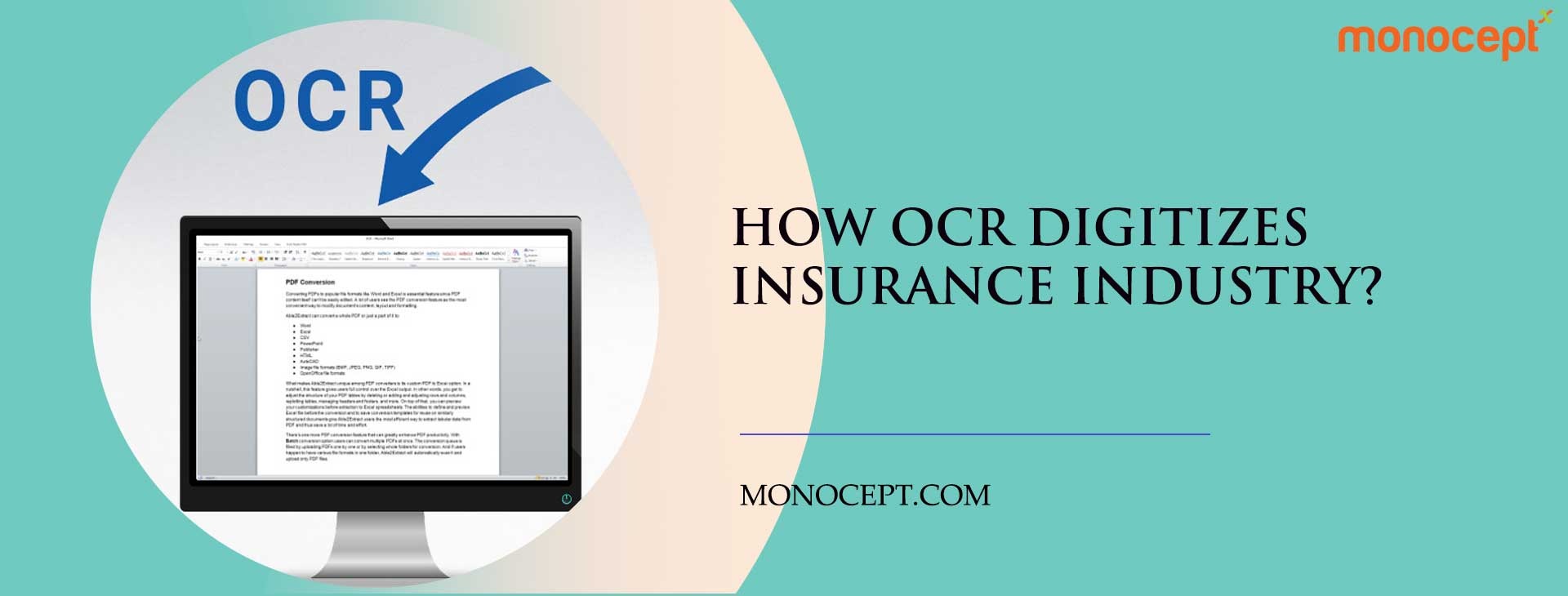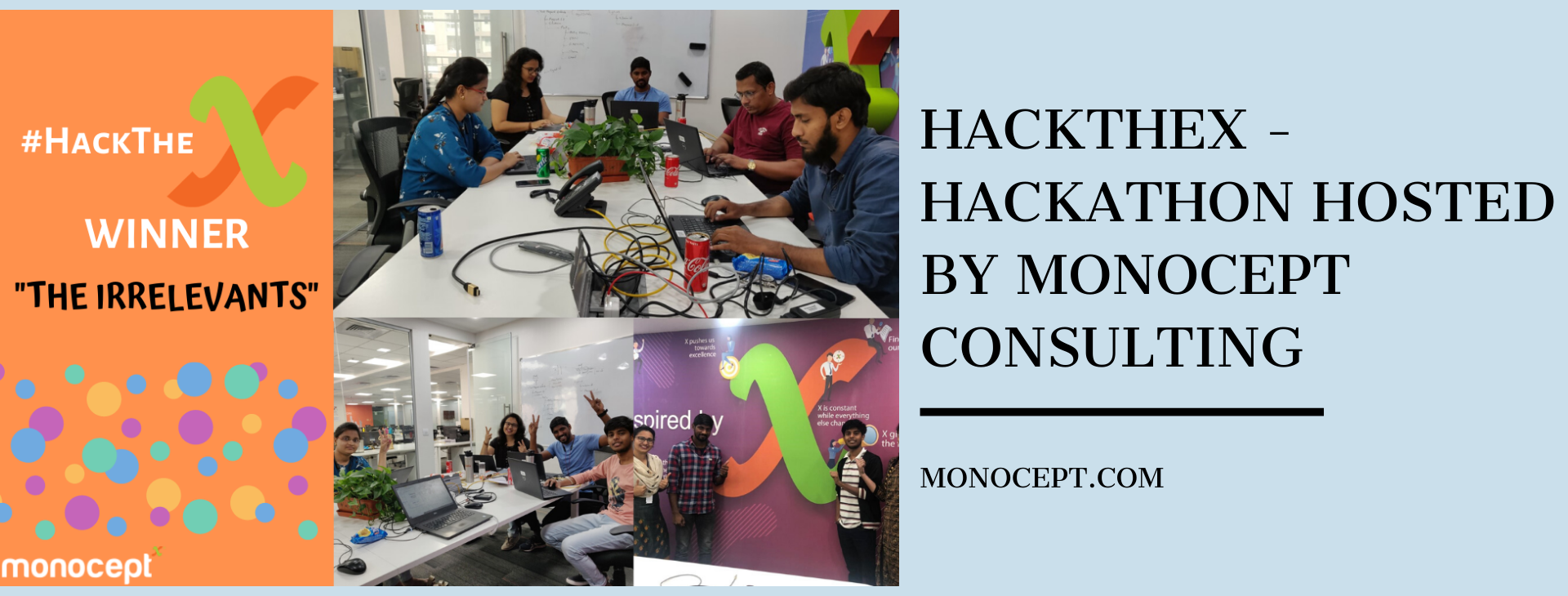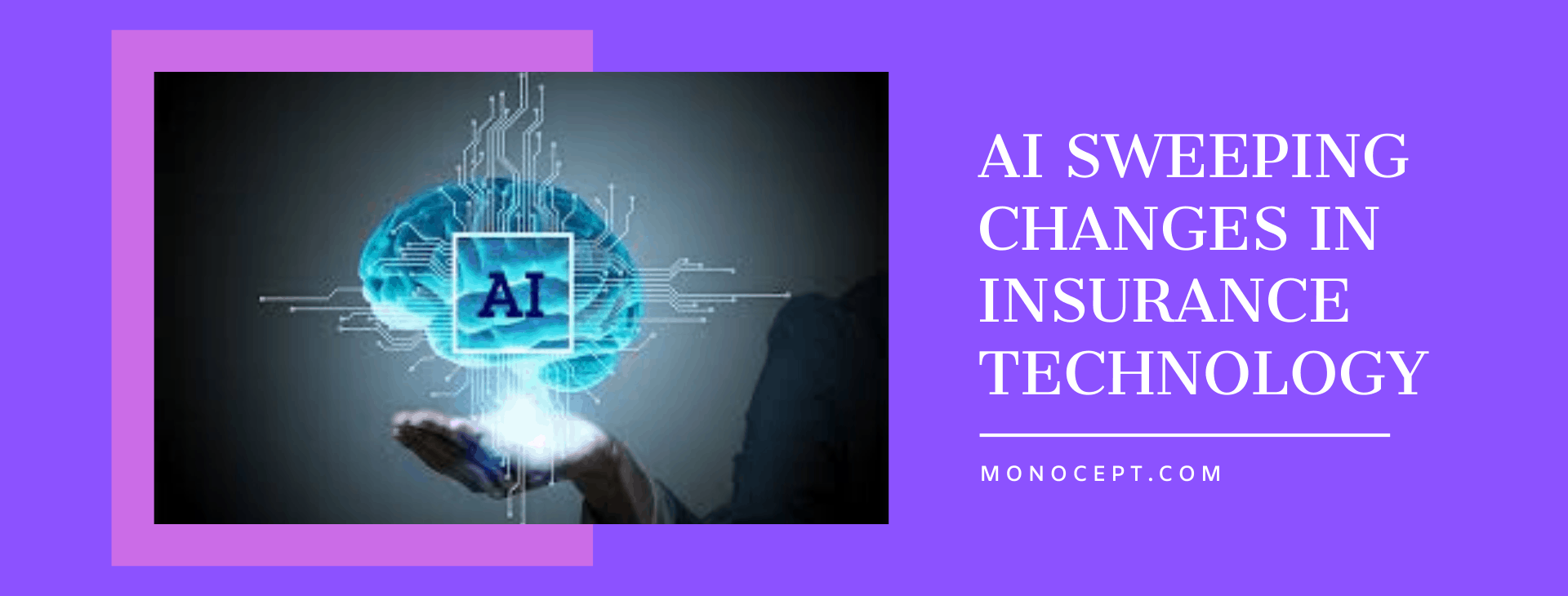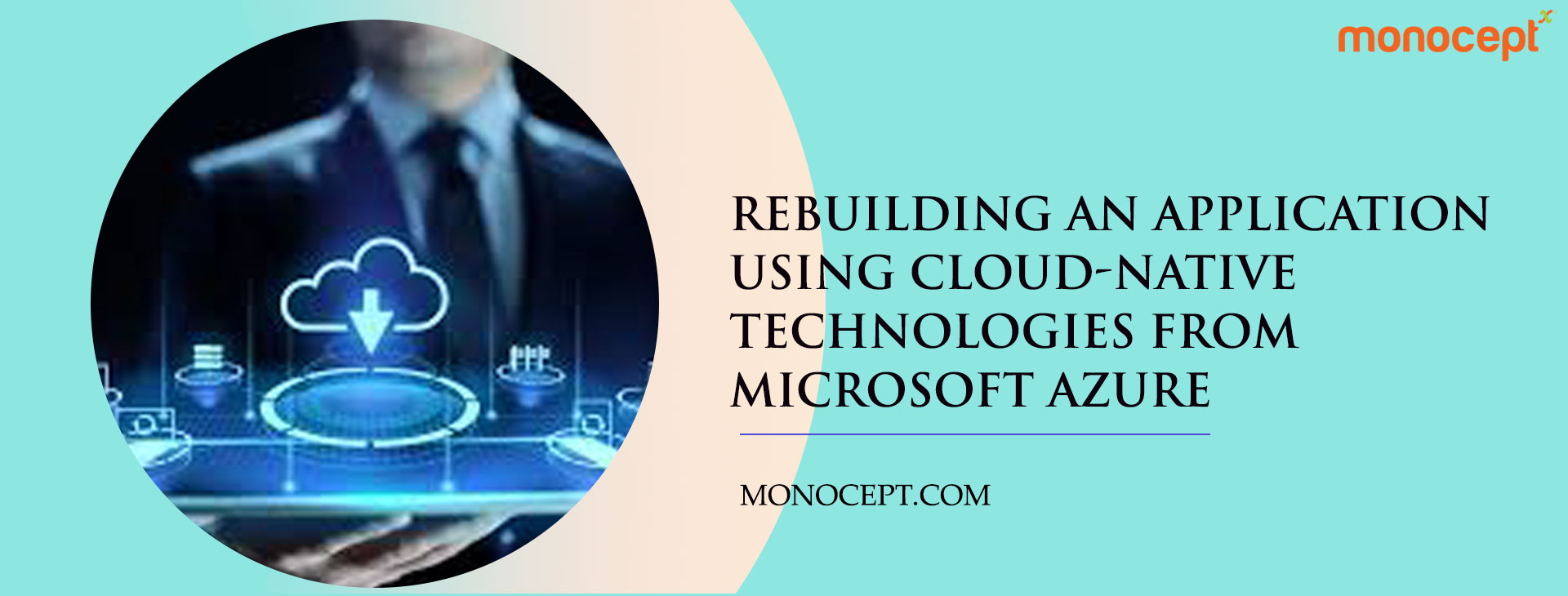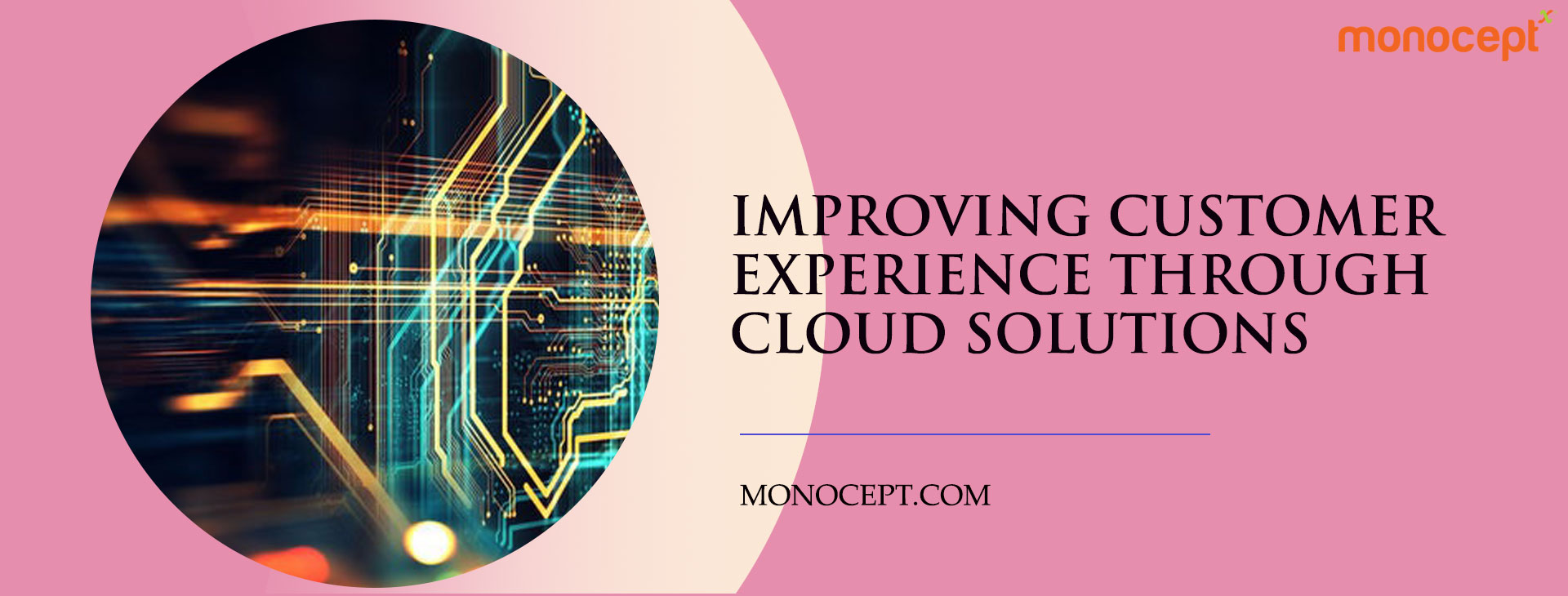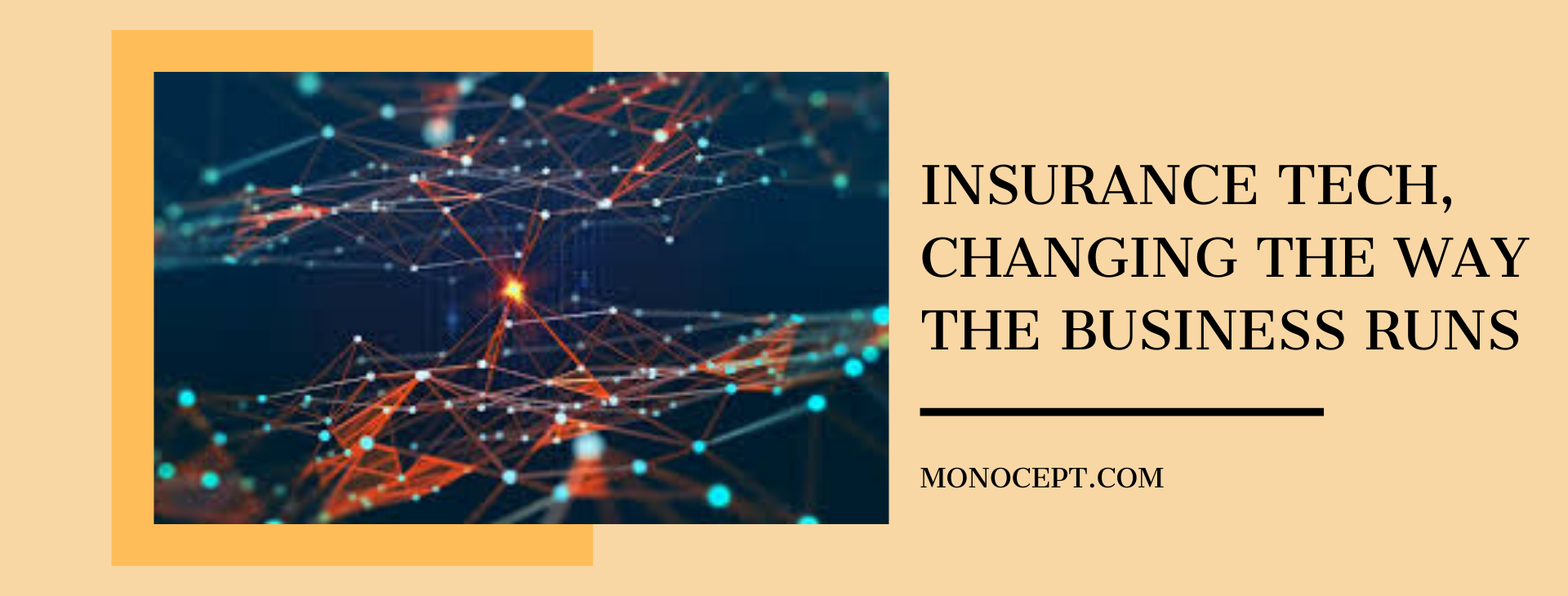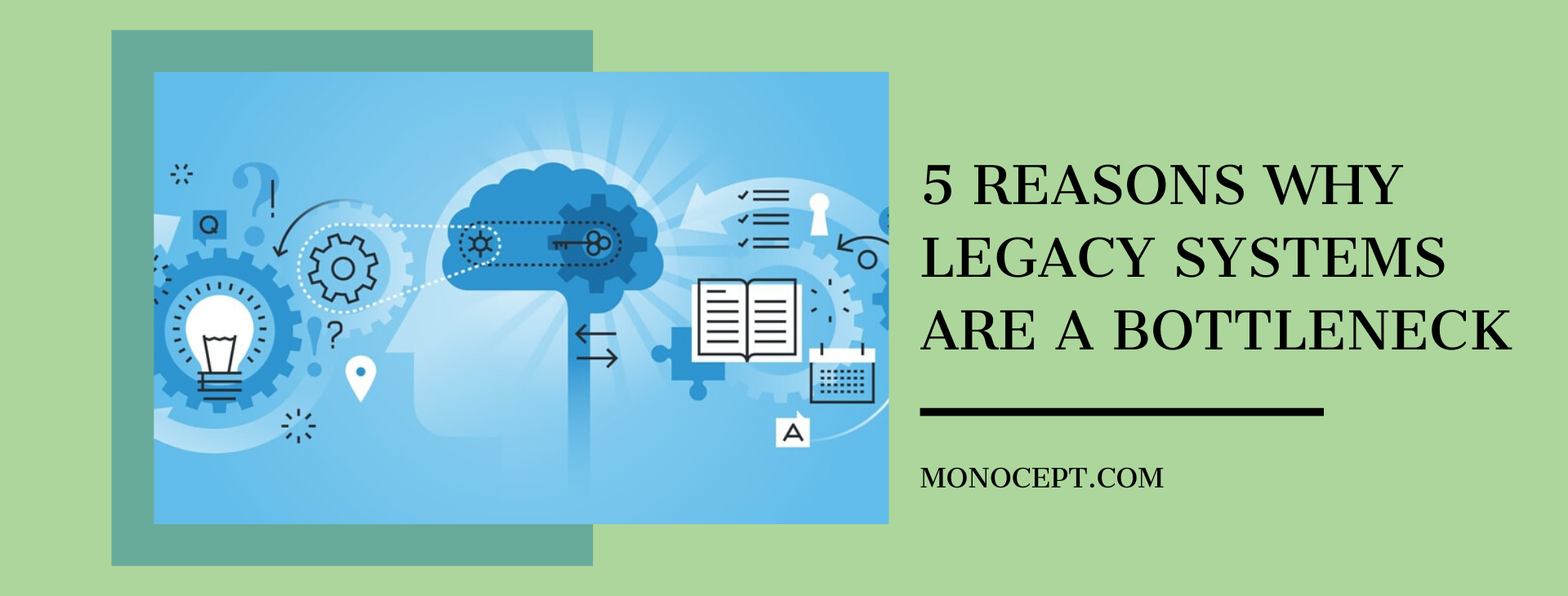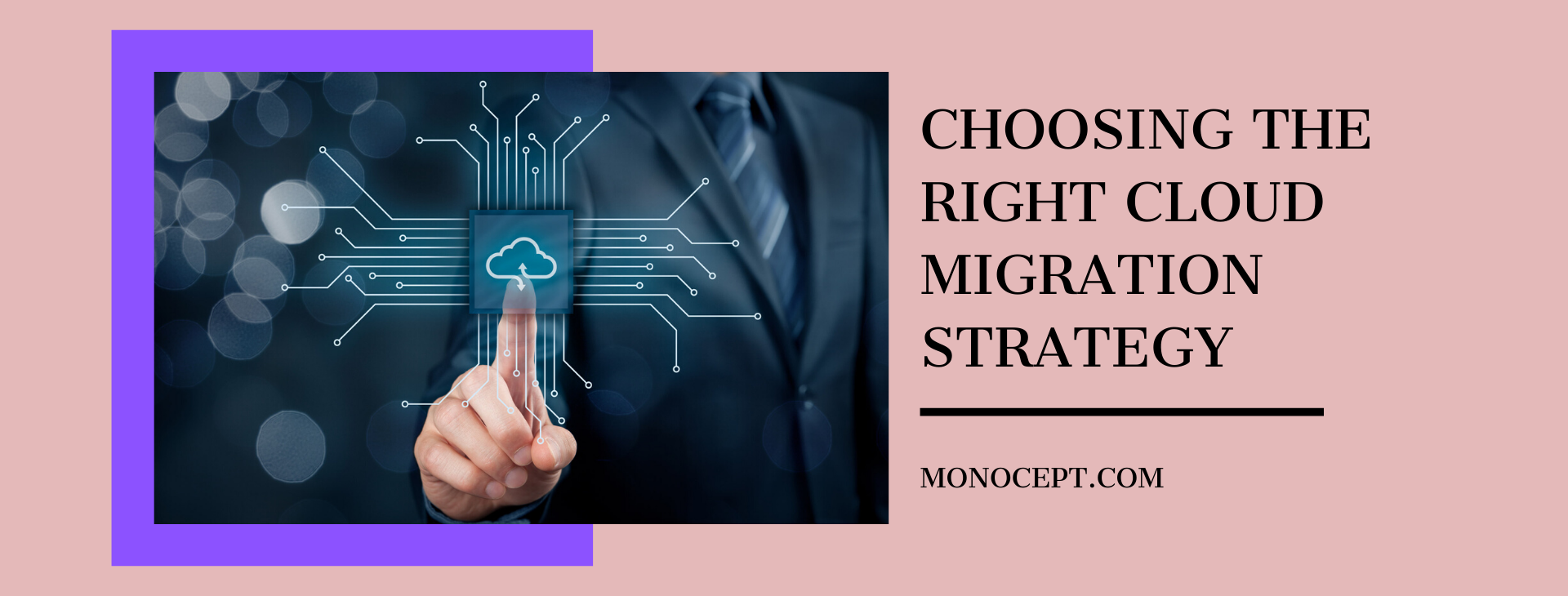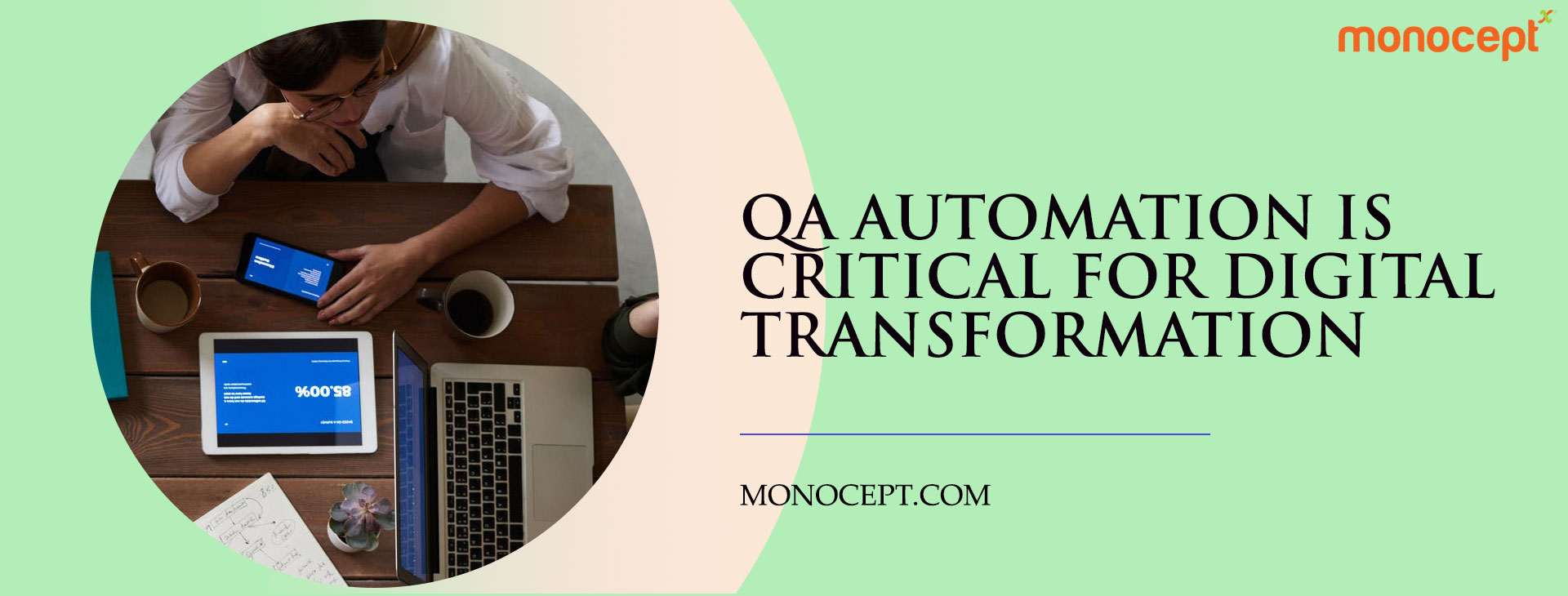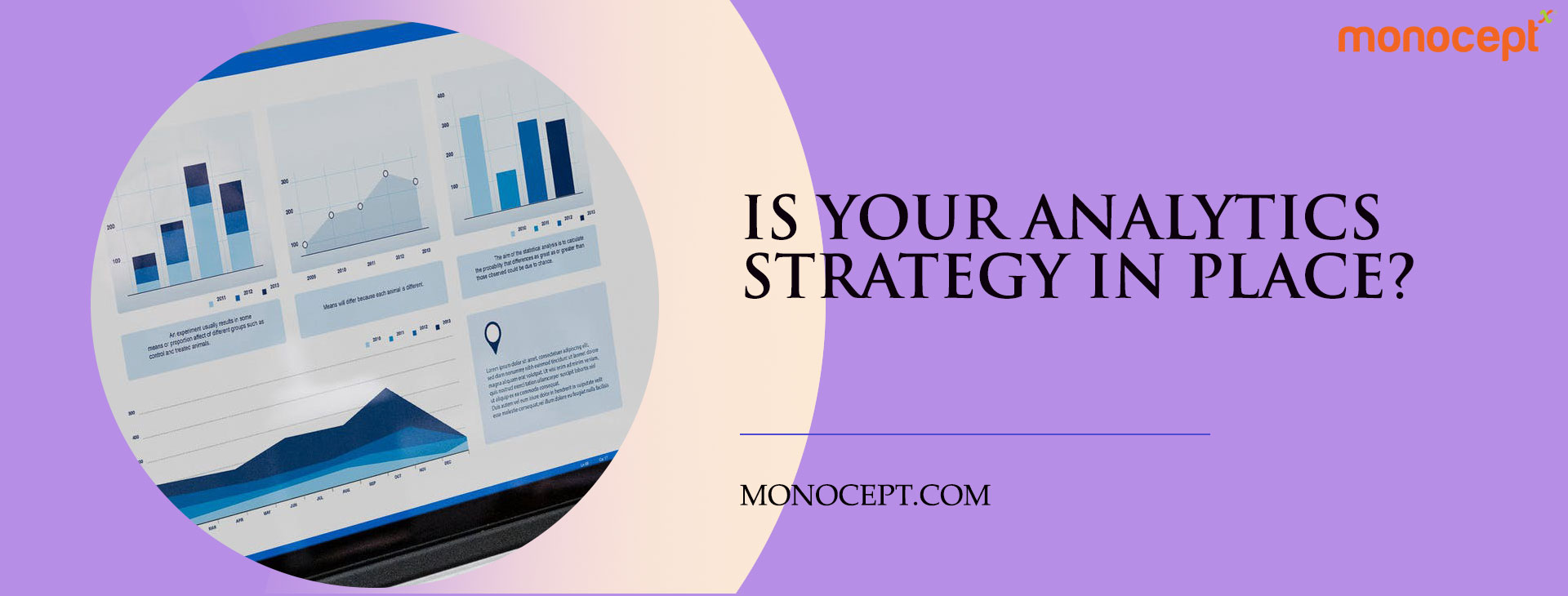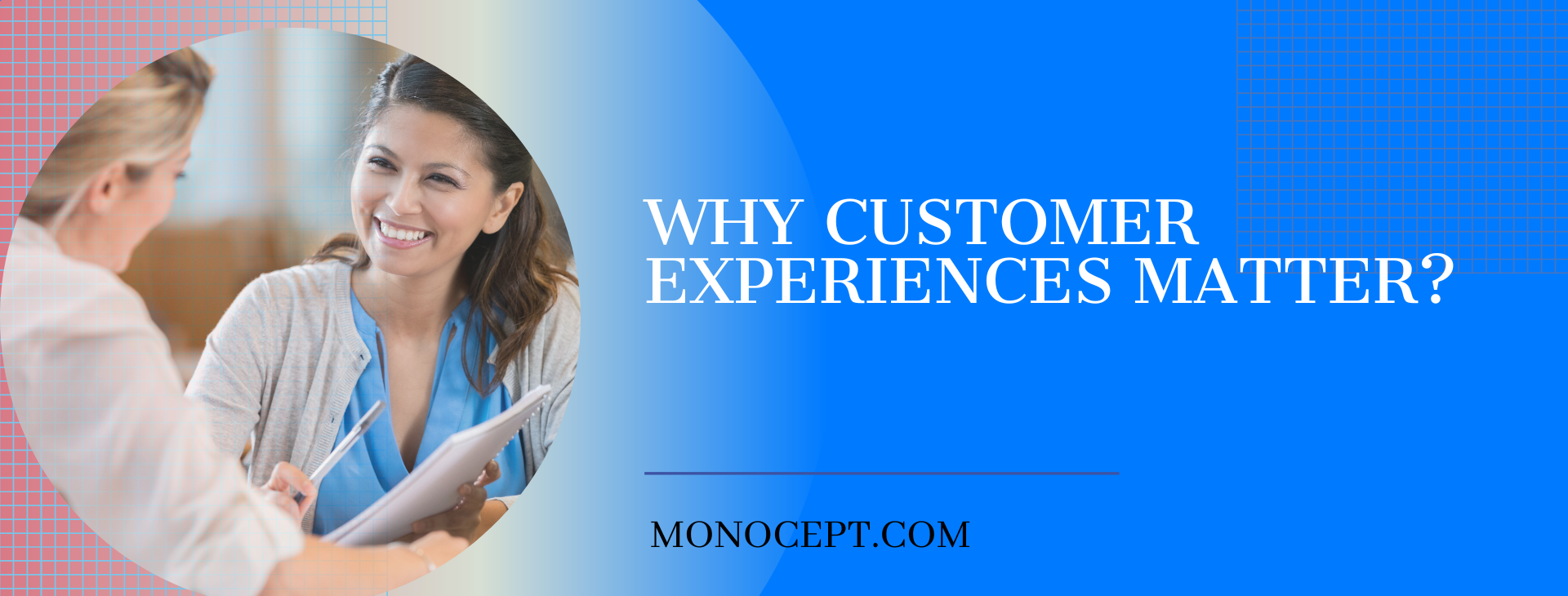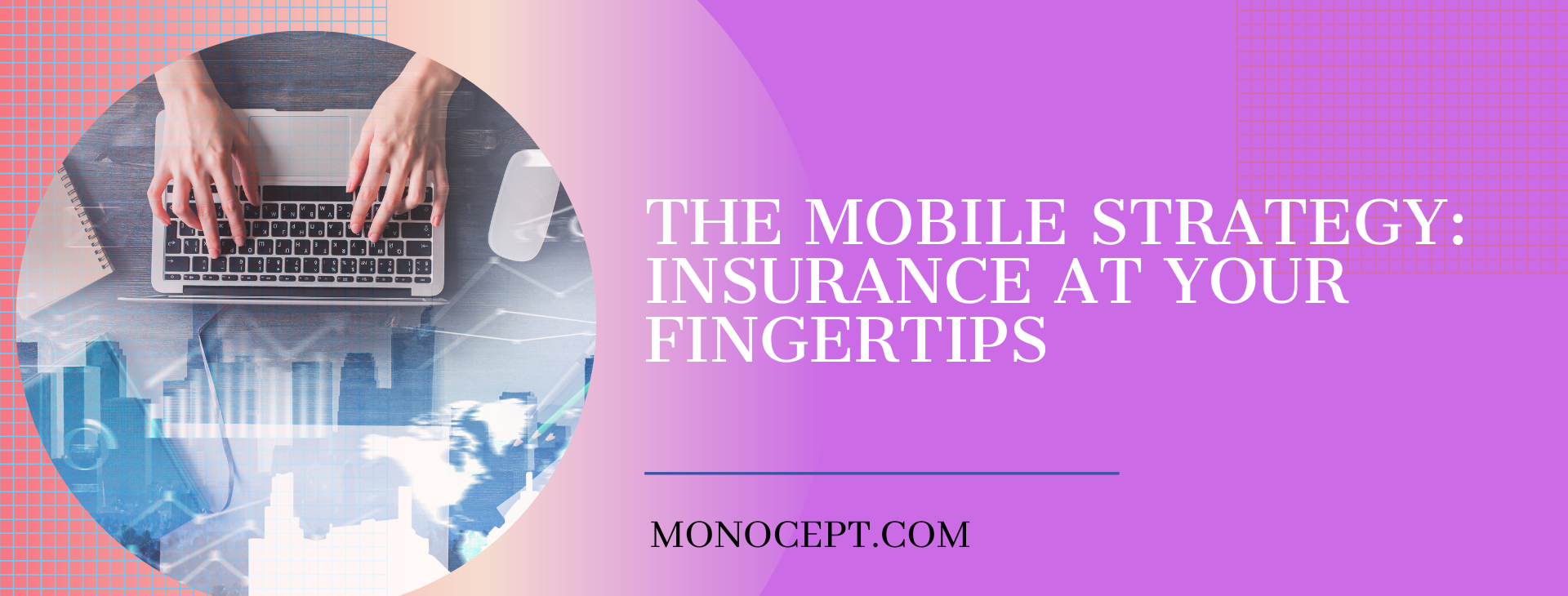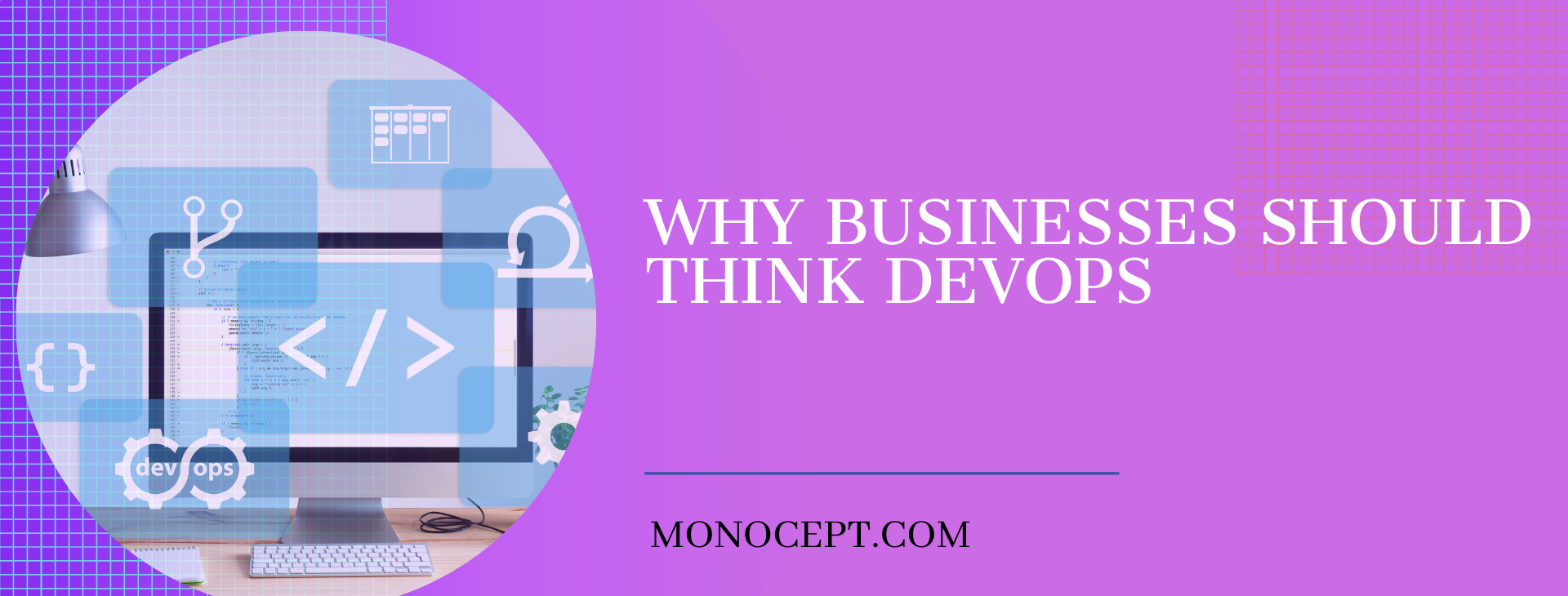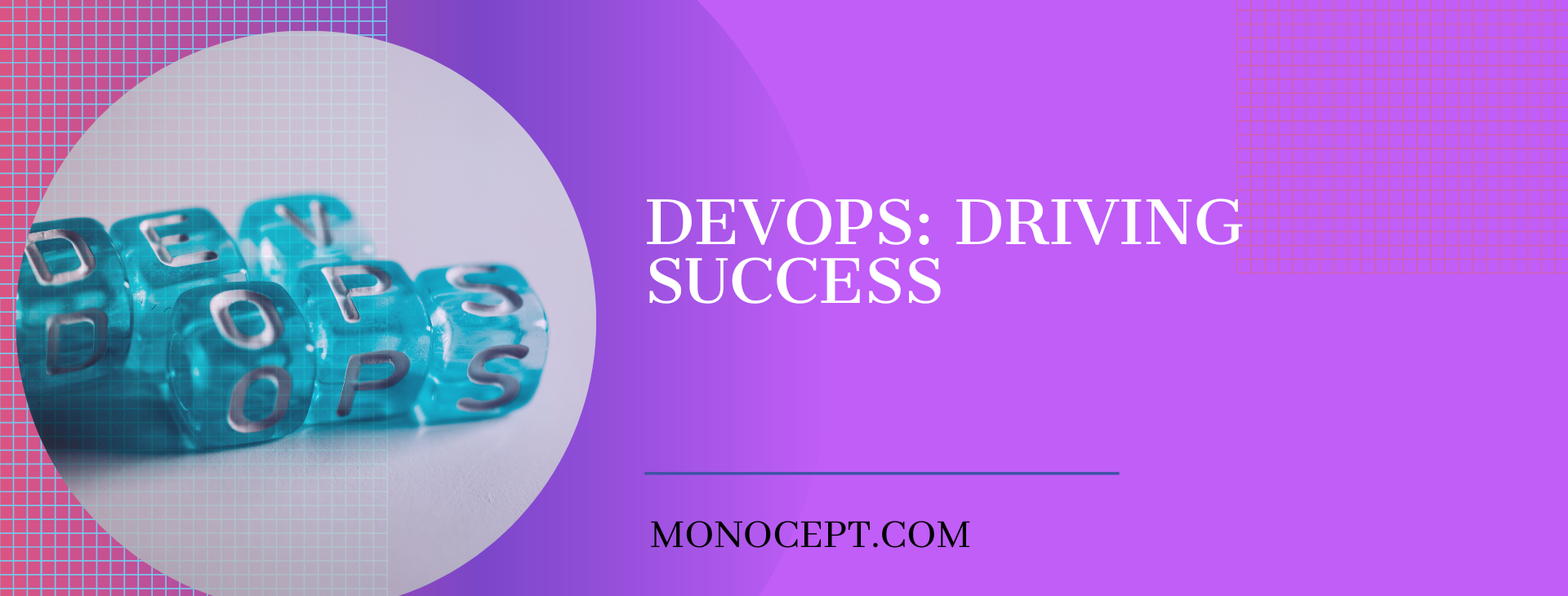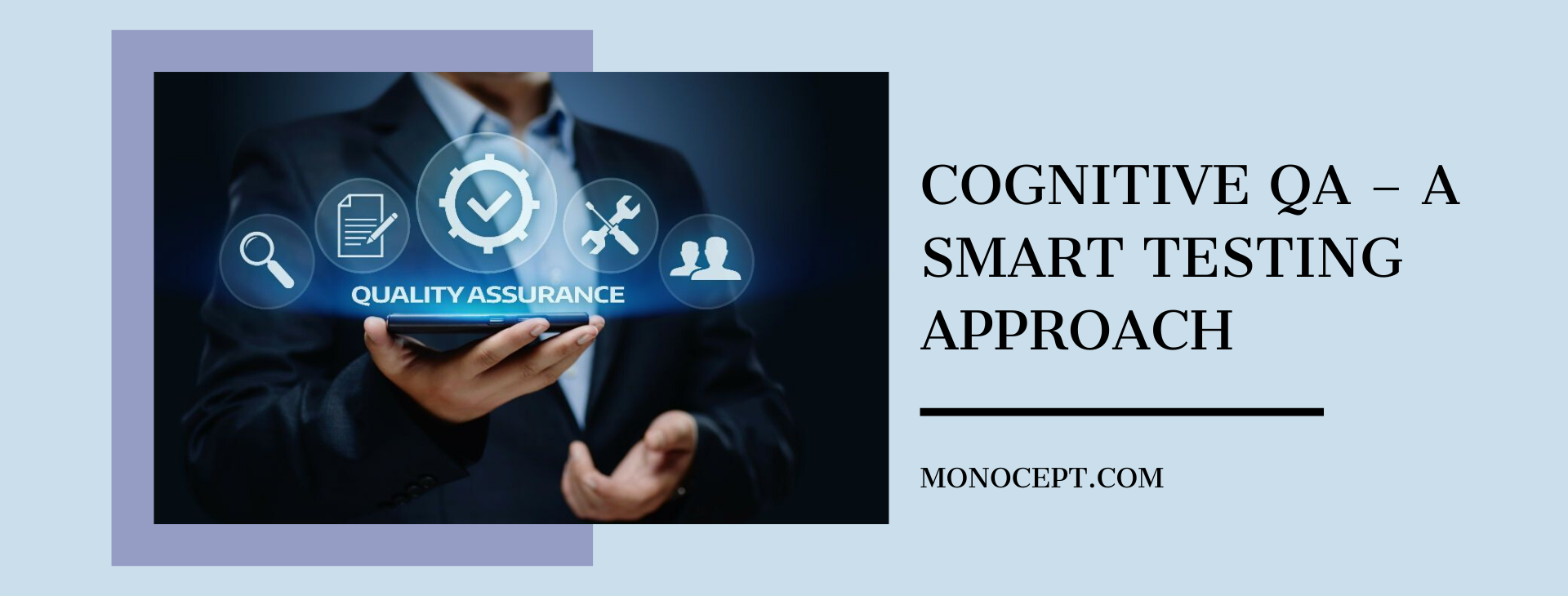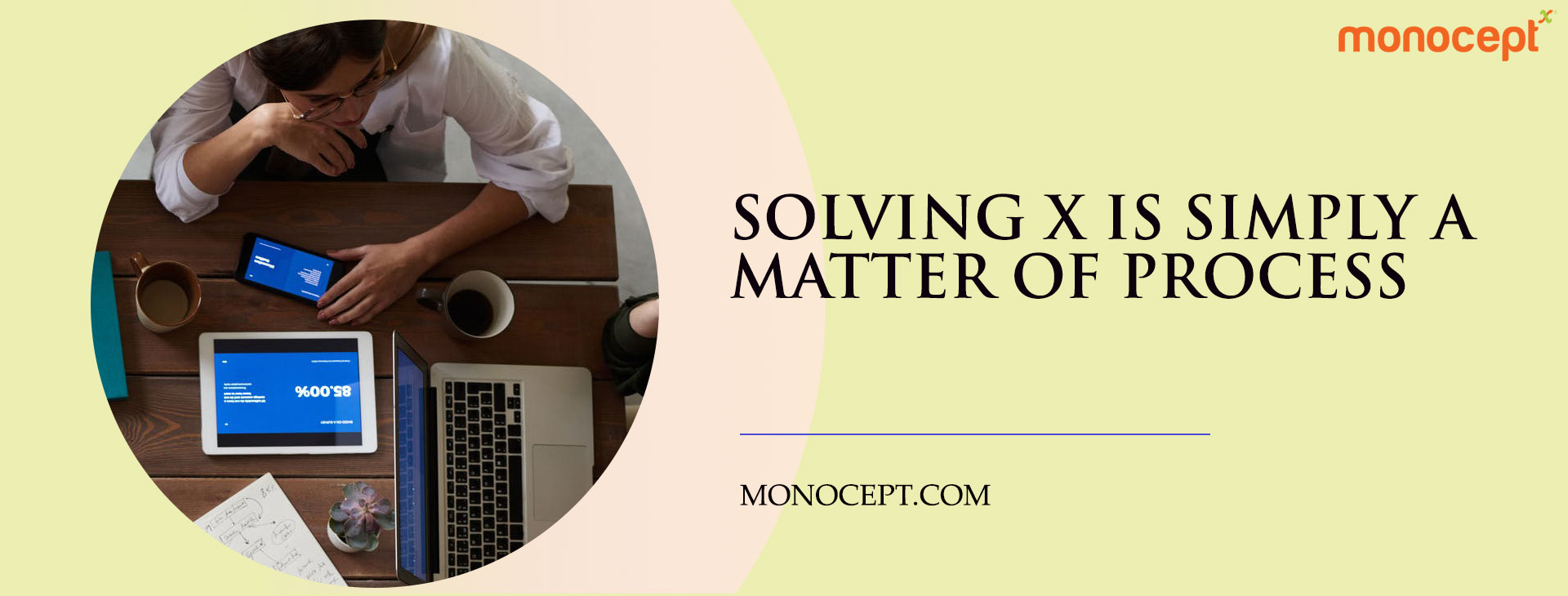What are the Best Ways to Move Legacy Apps to the Cloud
Cloud-native app development focuses on developing cloud-focused resources for organizations to leverage well-recognized business value. However, it is also about migrating mission-critical legacy apps to the cloud.
Many consider legacy apps as a pejorative for ‘old and out of date.’ Nevertheless, legacy apps are truly about importance, value, and something worth keeping. In reality, legacy apps or mission-critical legacy apps (MCLAs) are business applications that usually have tremendous impacts on revenue, profitability, delivering products and services, managing finances, and client relationships.
They often have crucial business processes, valuable algorithms, and essential data. Therefore, legacy apps are vital to any core business.
Some good examples are electronic medical records (EMR), accounting systems, and enterprise resource planning ERP) systems.
Looking at their vitality, it becomes vital that migrating legacy apps to the cloud is essential. This migration is really about preserving their value while leveraging the advantages of the cloud.
Challenges of migrating legacy apps to the cloud
Therefore, when businesses consider migrating to the cloud, they are focused on reaping benefits such as increased speed and agility, scalable economies, avoiding capital to variable expenses, predictable costs, getting rid of fees to run and maintain data centers, and expanding to the global scene.
All these benefits apply whether we are talking about a small start-up or large enterprise.
Still, whether you are migrating to new premises, conducting a significant organizational change, closing a data center, or merely replacing existing infrastructure, legacy migration is tricky to move to the cloud. This is especially so for four main reasons:
1. Orientation
Mission-critical legacy apps are designed to assume resiliency in their underlying hardware such as storage failsafe, network, and server to mitigate chances of application outage. So because they are not born in the cloud, they are usually termed ‘dumb apps on smart hardware.’
2. Different principles
Cloud expects your IT team to build automation to mimic smart hardware resiliency using complex automation, scripting, and failure plans. Some clouds even offer system resiliency without changing or altering the apps. So clouds are designed with different principles.
3. Pricing models
Cloud environments offer dynamic pricing models. Therefore, because MCLAs are not born in the cloud, they usually generate network traffic that makes them cost-prohibitive to run on clouds as charge tolls become incredibly high.
4. Performance sensitivity
Cloud comparisons show that there are varying performance levels, especially in network and storage areas across different cloud environments. MCLAs are usually performance-sensitive, so these subtle differences may add up, making it daunting to run legacy apps.
Critical Legacy Apps Migration Approach
MCLAs are the core of your organization. Therefore, even as legacy migration is daunting, it is necessary. Therefore, your cloud-native app development strategy must include legacy app migration.
Let’s talk about the different ways you can migrate legacy apps to the cloud.
1. Hyperscale cloud migration strategy
A lift and shift strategy from collocated or in-house MCLA to the hyperscale cloud like Google, Azure, or AWS will minimize the apps’ changes. However, a hyperscale strategy cannot be entirely successful if you lack hyperscale skillsets within your IT staff. Secondly, there will be concerns when dealing with performance-sensitive MCLAs or MCLAs that require underlying hardware resilience. Other concerns with this strategy include application speed problems, cost variability over time, and high monthly expenditure. Nevertheless, organizations can prevent all these problems through due diligence. Skilling due diligence may lead to unprecedented consequences when migrating to cloud environments such as Google, Microsoft, and Amazon.
2. Lifting and shifting to enterprise cloud
Some organizations find success in using Enterprise Cloud as a part of a reliable multi-cloud strategy to overcome legacy app challenges. Enterprise Cloud is a VMware-based cloud tailored for resiliency and speed, alongside multi-cloud capabilities, while using the tools familiar with the managed service providers and in-house IT staff.
Enterprise Cloud is an excellent fit for MCLAs because they are designed with application speed in mind and will make zero changes to your applications. It would also require familiar tools that your in-house team has been familiar with. Furthermore, Enterprise Cloud pays attention to achieving hardware resiliency, with no single points of failure and multiple back-ups.
3. Refactor/Replatform
Some organizations opt for re-platforming their applications. In this case, they might make the software changes and embark on the cloud-native app development on their own or wait for a software vendor to deliver the MCLA from the cloud. Organizations choosing this method will need to consider the time and effort for refactoring. They have to consider how long and the measures required to wait for the cloud-native version or doing it themselves. Nevertheless, suppose they discover that additional features may not come with the replatform or refactor project. In that case, organizations do not select this option.
Concluding thoughts
So, what is the best way to migrate your legacy apps to the cloud? You can choose to hyperscale, refactor or move to the Enterprise Cloud. All strategies have their benefits and drawbacks and are not suitable for everyone. However, developing a cloud migration strategy is vital. Taking advantage of the cloud brings you the benefits of lower staff workloads, predictable costs, lower risks, and infinite scalability. It is equally possible to develop a hybrid strategy as the changes you need may require different migration paths. It is absolutely vital to ensure you select the right applications, assess your business case for migration and select the right approach.
Not sure how to begin? Talk to the experts today to uncover the best cloud-native app development and migration solutions tailored to your unique business needs. Get In Touch to talk with our experts or mail to salesteam@monocept.com.
What’s your Challenge? Let’s work together to solve it.









